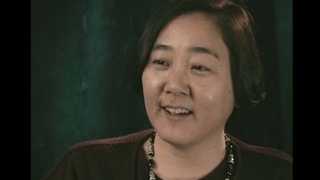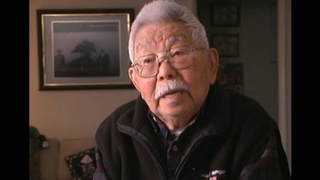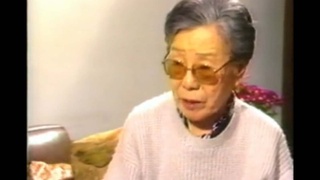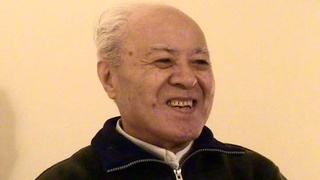Interviews
Studying in Japan before working in the US
So, as my educational experience in Osaka, Kyoto, first … well I was very fortunate to have a good teacher. Teacher was very instrumental for me to become a Japanese gardens designer. Then … so, professor Tadashi Kubo, in Osaka, he guided me to be landscape architect, who should be based on Japanese gardens. Then I went to Kyoto, studied farther in Japanese gardens. So those are kind of academic experience. My experience of Japanese gardens is a little more academic at that time. So when I came out [to] this country, I wasn’t sure really I can do Japanese gardens. I had just a few experiences before I came, Osaka I had some, but it’s very still immature-ish.
So, when I had a project in Corona Del Mar, that project really opened up my practice into Japanese gardens.
I*: How did you get to become involved in that?
That one, my, one of my students, his brother was a landscaper. And they needed someone to help Japanese garden for his firm. And that was Mr. Swedlow. We started from very small Japanese garden project to become entire property Japanese gardens.
* “I” indicates an interviewer (Sojin Kim)
Date: August 10, 2016
Location: California, US
Interviewer: Sojin Kim, John Esaki
Contributed by: Watase Media Arts Center, Japanese American National Museum
Explore More Videos

Results of being more American than Japanese
(1924-2018) Researcher, Activist

First learning about the incarceration experience in college
(b. 1955) Lawyer

Reasons for conformity and competitiveness in Gardena, California
(b. 1946) Lawyer


Growing up with some Japanese families (Spanish)
(b. 1950) Nisei Chilean, Businessman

Retaining Japanese customs (Spanish)
(b. 1950) Nisei Chilean, Businessman

Avoiding the Japanese military
(1914-2004) Nisei Bonsai master in the United States

Opening a Japanese-style all-girls' school in Brazil (Japanese)
Issei, Pioneer of women's education in Brazil


Studying Japanese to understand her grandfather (Spanish)
Sansei Argentinean


Decided to leave Japan to Argentina (Spanish)
(1925-2014) La Plata Hochi, Journalist

Tango makes him to stay in Argentina (Spanish)
(1925-2014) La Plata Hochi, Journalist


